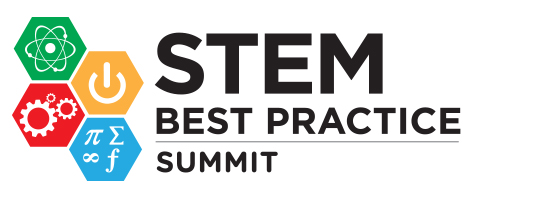Smart Cane
Almer Jamail Nasrullah , Dar Al Marefa Private School
ABOUT ME
My name is Almer Jamail Nasrullah, I’m 16-year-old with a strong passion for engineering and technology. Ever since I was young, I’ve been passionate about building models from materials like Lego and cardboard. During my MYP years, I created numerous physical models and prototypes, which led to winning an award in an online STEM competition in grade 7 for the best prototype of a drone designed for Mars exploration. In grade 9, I discovered coding and Arduino, sparking my interest in engineering and robotics. This combination of skills has allowed me to explore various projects involving technology, coding, and prototype making.
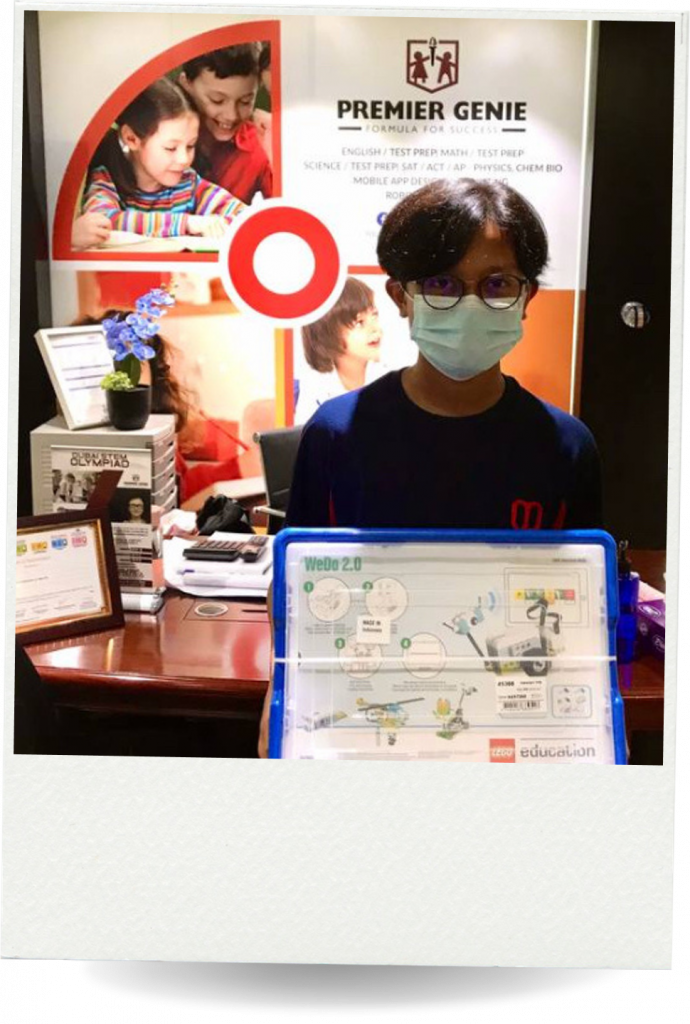
INSPIRATION TO DO THIS PROJECT
As I explore deeper into Arduino, it made me curious to see if I can somehow, apply this technology and create something useful which relates to my personal life. Through this, I was able to come up with a research question of to what extent can simple electronics be used to help visually impaired individuals in their daily life? This research question was not only inspired by my interest, but it also relates to my personal life of having the intention to help one of my family members (my grandmother) who is visually impaired without her having to spend much money. Despite having hardly any knowledge of how to use Arduino, I will challenge myself to fully master the basics of Arduino and to use it effectively for my product by the end of this project
CURRENT TECHNOLOGY
Ultra Cane
The UltraCane is an advanced electronic long white cane designed for people who are blind or visually impaired. It utilizes narrow beam technology to detect obstacles in the user’s path, including those at chest and head height. This technology provides tactile feedback through vibrating buttons on the handle, helping users navigate safely and confidently. The UltraCane’s design aims to enhance spatial awareness and mobility, making it easier for users to avoid hazards and move around their environment effectively
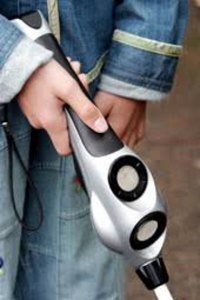
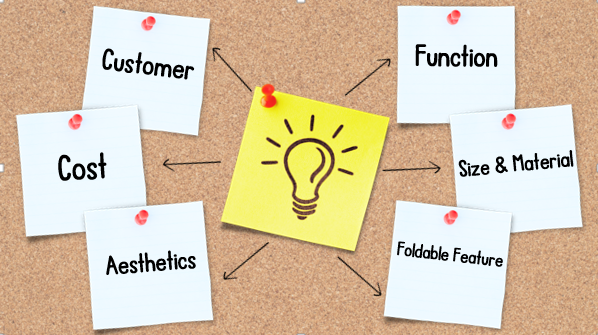
Main Idea
I plan to design a smart cane, “CaneDo,” using my knowledge of Arduino and coding. This cane will assist visually impaired individuals in navigating both indoor and outdoor spaces using ultrasonic sensors, buzzers, and an Arduino UNO. I chose these components for their functionality and simplicity. Reflecting on my family member’s struggle with limited vision, the cane offers a 180° range of object detection, unlike smart glasses or shoes. Constructed from PVC pipe, a battery, and an Arduino electronics kit, the cane will alert users to nearby objects with a beeping sound, helping prevent collisions. My product offers a good quality and similar function to other high-end products with a much lower cost.
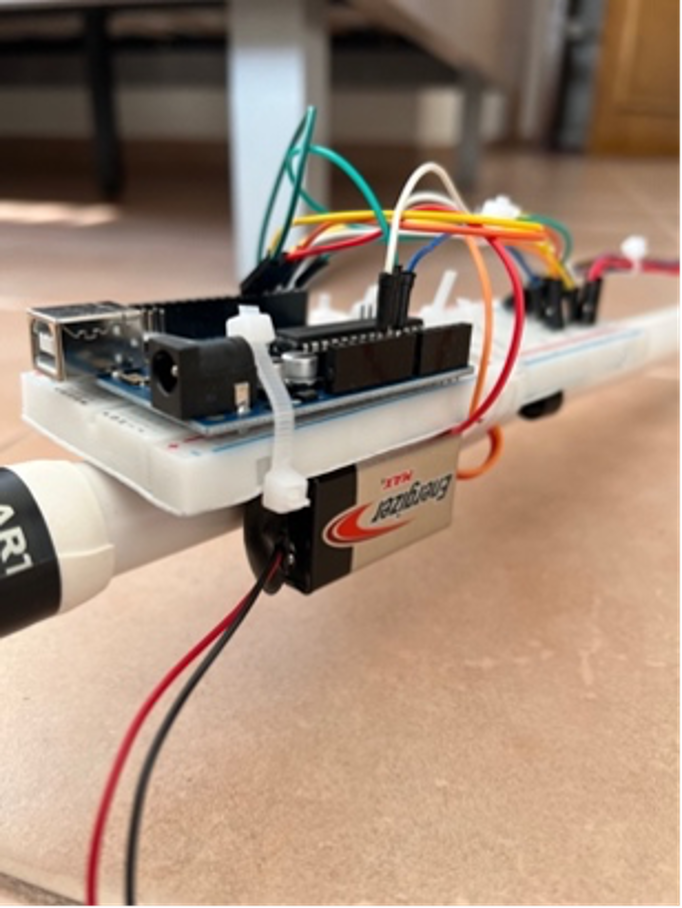
CODING
During this project, I used the Arduino IDE to code the sensors and buzzers. I first learned how the IDE works as I needed to know how the program runs and how it is connected to the Arduino UNO. Then, I learn the coding language for Arduino which is based on C++. I didn’t have to learn the full C++ language as I only needed some basic codes to program the parts. I learned the codes through youtube with some help from my design teacher.
CREATIVE AND CRITICAL THINKING
After my family member lost half of her vision due to illness, I wanted to help her maintain her independence. Using my STEM skills and interest in technology, I decided to create “CaneDo,” a smart cane to aid her daily navigation. Despite being a beginner, I embraced the challenge, focusing on critical factors like sensor range and quantity. I realized that a front sensor was unnecessary since the cane itself would detect obstacles. Additionally, I aimed to make CaneDo affordable, ensuring it could be accessible to those who can’t afford high-end technology. This project combines my skills and personal motivation to create a practical, low-cost solution for the visually impaired.
Time Management
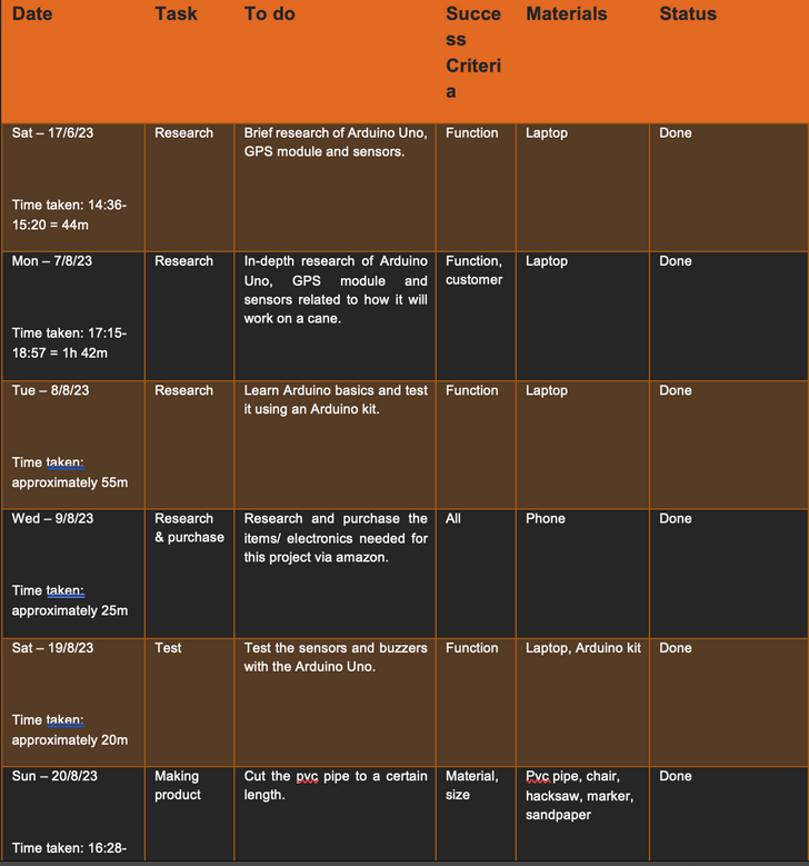
COMMUNICATION
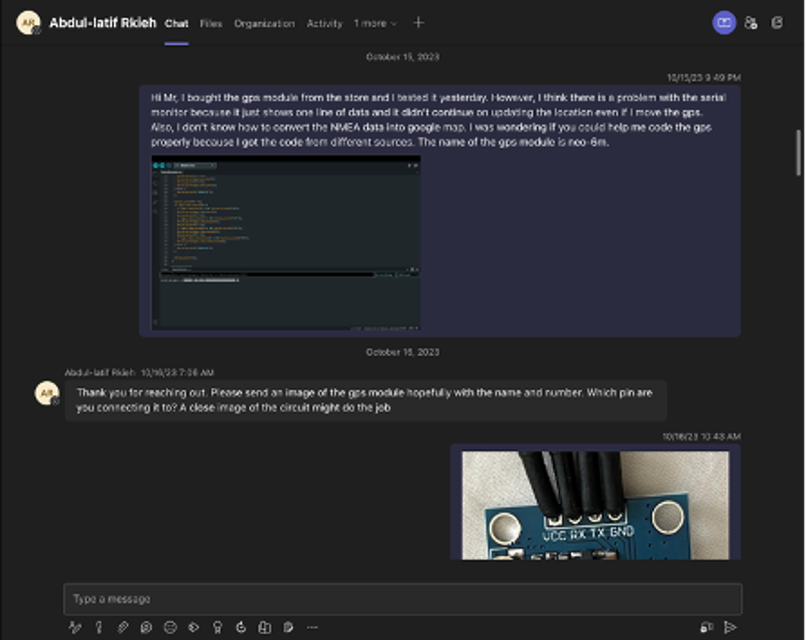
CHALLENGES
1. Despite having hardly any knowledge of how to use Arduino, I challenged myself to fully master the basics of Arduino and to use it effectively for my product by the end of this project. Without any hesitation, I accepted the fact that I am a complete beginner and chose to face all the challenges that came up during this project to achieve my goal.
2. One of the biggest challenge during this project was having to figure out the range of sensor so that it sets a boundary or minimum distance to give the user space to move. If it was too low, the user wouldn’t have enough space to move and might be too close to near obstacles or objects, increasing the risk of collision or any other kind of incidents. Another factor is deciding the number of sensors on the cane. This is because when I first thought of making the product, I planned on putting three sensors on the cane (right, left, front). However, after multiple discussions and considerations, front sensor is useless as the cane itself will hit the object in front informing the user of the obstacle/ object in front of them.
3. Another major challenge was the fact that Arduino includes things related to electrical components and such, I needed more insights than what I have searched on the internet. Things like figuring out the layout of the circuit, the voltage required or needed to work, the number of sensors to be used, were all affected due to the layout of the circuit hence this was a major technical challenge
SDG - Goal 3

How does it align with this project?
The sustainable development goal relates to my project as it is a low-cost solution to help visually impaired or blind people. The well-being of the visually impaired not only comes from their mental state but also comes from the environment around them. If they can’t explore or know their environment well enough, how would they cope with the struggles to venture through the outdoor or indoor spaces? In addition, poverty is prevalent in today’s world and prices are reaching the skies. Hence, my smart cane is a suitable product that helps their well-being by allowing them to experience the same privilege as others do.
Looking into The Future
From the start of this project, I have always thought of making a business based on my product. With further improvements like foldable feature and higher quality of material, I can easily create an income from direct purchases. With my product being low-cost, I can make a lot of profit by doubling or tripling the cost as the price. Moreover, the production of the product is quite simple hence it wouldn’t be too much of a hassle.
CONCLUSION
“CaneDo,” is a sleek and modern smart cane designed to assist visually impaired individuals in navigating their surroundings effortlessly. Equipped with ultrasonic sensors and buzzers, all controlled by an Arduino UNO, CaneDo provides a comprehensive solution for obstacle detection. Its front sensors scan a wide 180-degree range to detect obstacles, while the accompanying buzzers emit distinct sounds to alert the user of nearby objects, with each buzzer indicating direction. Despite its advanced functionality, CaneDo maintains a trendy and fashionable aesthetic, comparable to other high-end smart canes on the market. Powered by a battery connected to the Arduino UNO, turning the cane on or off is as simple as connecting or disconnecting the battery. With its blend of style and functionality, CaneDo offers visually impaired individuals a reliable and stylish tool to navigate indoor and outdoor spaces with confidence. Overall, I’m proud of my project and I rate my satisfaction at 8 out of 10, despite some setbacks. It taught me that learning involves trial and error. Originally, I planned more components, but due to limitations, I had to prioritize. Despite challenges, I’m pleased with the outcome.
